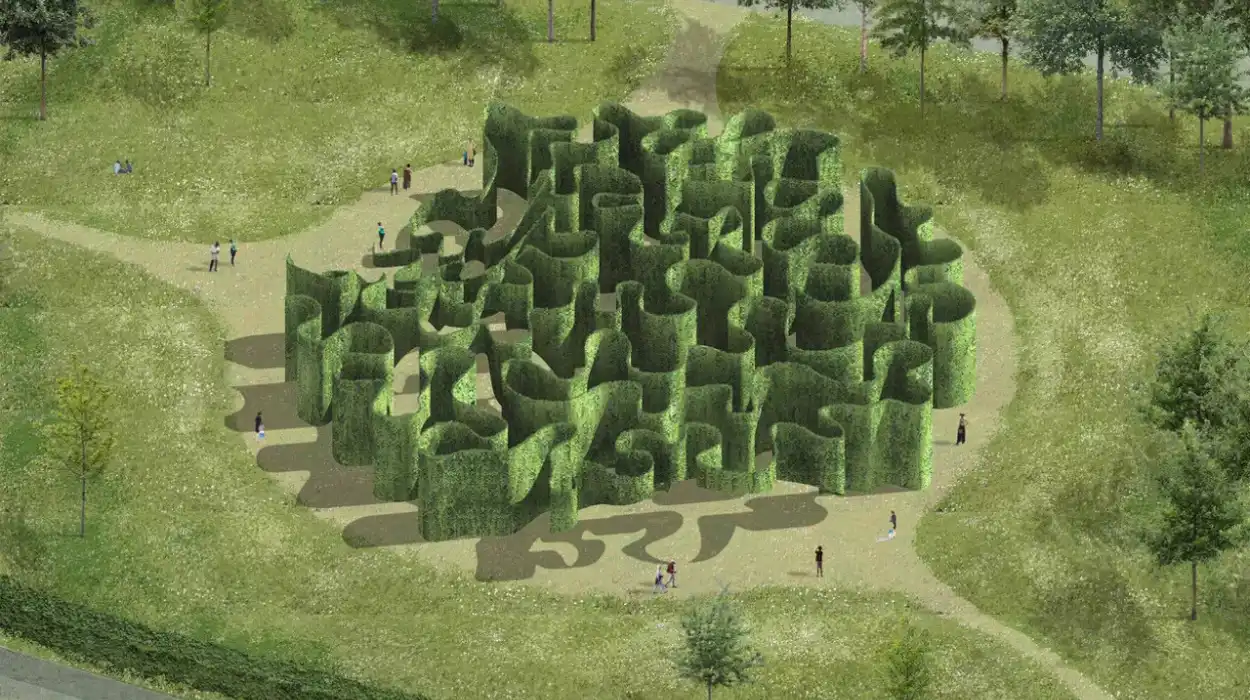Leuven (Brussels Morning Newspaper): The Dwaaltuin, an interactive steel maze by Gis Van Vaerenbergh, celebrates KU Leuven’s 600th anniversary. It features 92 climbing plants, evolving with nature across the seasons.
The Dwaaltuin is a beautiful steel art installation made to celebrate the 600th anniversary of the university. It is located between Celestinenlaan and Arenbergkasteel. This piece looks like a maze with curved, clear walls that invite visitors to walk through. The design is engaging and open, encouraging people to explore and think as they move around. Its simple style stands out against the natural surroundings, creating an interesting connection between the art and the environment.
What are the key features and significance of KU Leuven’s Dwaaltuin?
One feature of the Dwaaltuin is its connection with nature. Climbing plants have been planted around the structure, and over time, they will grow and wrap around the steel frame, making it a living part of the landscape. As the greenery covers the installation, it will change in appearance, becoming a piece of art that evolves with nature. This transformation symbolizes the passage of time and the university’s lasting legacy.
The start of a new phase in the planting project. Five types of wisteria and several vines were carefully planted in the ground. This is part of a plan to introduce 92 different types of climbing plants from 23 various families. These plants were chosen not only for their strength but also for their beauty and sensory appeal. The variety of species is expected to provide a rich mix of colors, scents, and textures, making the Dwaaltuin a lively and engaging place for all visitors.
The purpose of this variety is to create a changing visual experience throughout the seasons. In spring, there will be new flowers and sweet scents, followed by green leaves in summer, and autumn will show warm colors and fruits. The ongoing changes in the plants will make the labyrinth a living piece of art, where each visit will offer something new, as colors, textures, and smells change with the natural cycle of the year.



